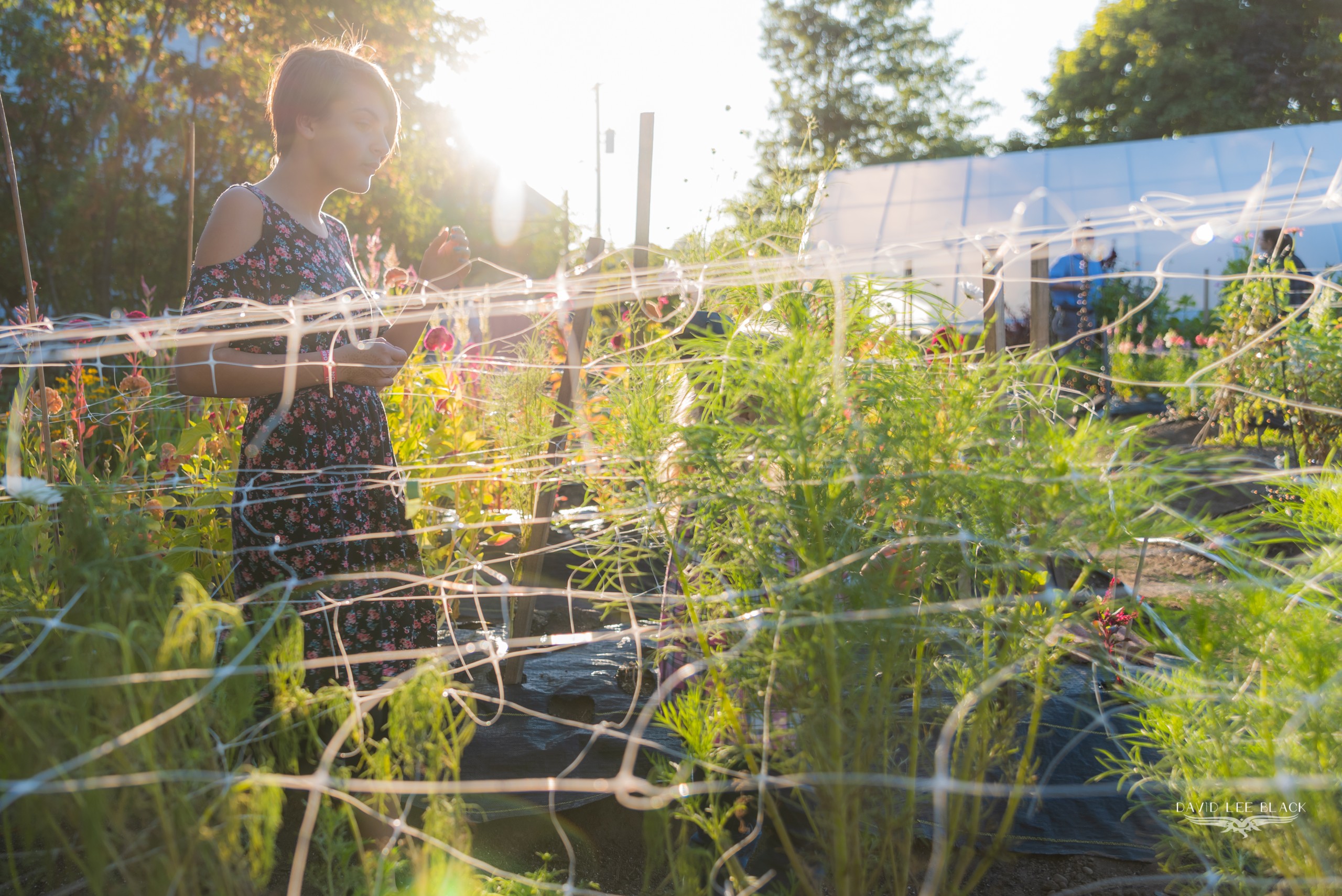Published:
7:00 PM July 28, 2022
Updated:
7:11 PM July 28, 2022
The long, hot summer weather has unveiled the original ornate Victorian design of the gardens at historic Knebworth House.
Over the past month the UK has been experiencing an extremely dry spell, with temperatures in Hertfordshire reaching a record 39.2°C in Buntingford on July 19.
It has been interesting to see how the hot weather has dried out the once luscious green Sunken Lawn of Knebworth House to uncover traces of its Victorian heritage, offering visitors a glimpse into the past.
During the 1840s, as well as making alterations to Knebworth House, novelist, playwright and politician Edward Bulwer Lytton had a formal garden known as a parterre created to his design.
It featured ornate symmetrical box-edged flower beds, set among gravel paths, with fountains and lots of statues.
The Knebworth House Archive records show that more than 30,000 bedding plants were used to fill the beds and the garden required 14 gardeners to look after it.
The archive at Knebworth House also discovered the original designs.
In 1910, the renowned architect Edwin Lutyens, who had married into the Lytton family, redesigned the Sunken Lawn area, sweeping away the Victorian parterres and simplifying twin avenues of pollarded lime trees. He also added a central square reflective pool.
It is believed this was done at a difficult time for the Hertfordshire estate to help bring down maintenance costs for the gardens.
Lutyens 1910’s design remains today, but during a dry summer, the old layout of the Victorian parterre is revealed through the parched lawn.
Head Knebworth gardener Kevin Hilditch said: “As the summer has progressed it has been fascinating to watch more of the Victorian Garden layout appear on the Sunken Lawn, although I would be much happier if it would rain sometime soon.”











